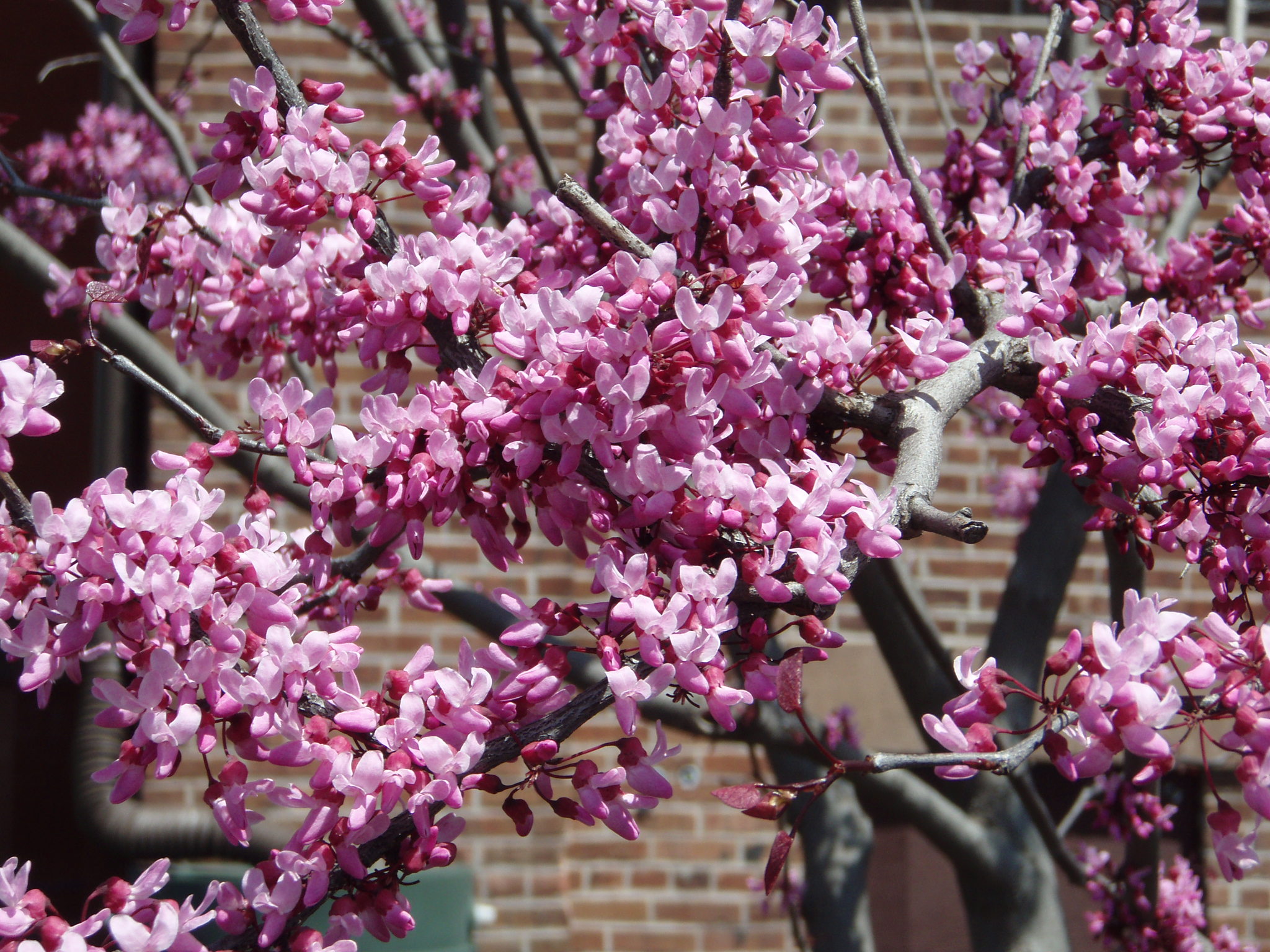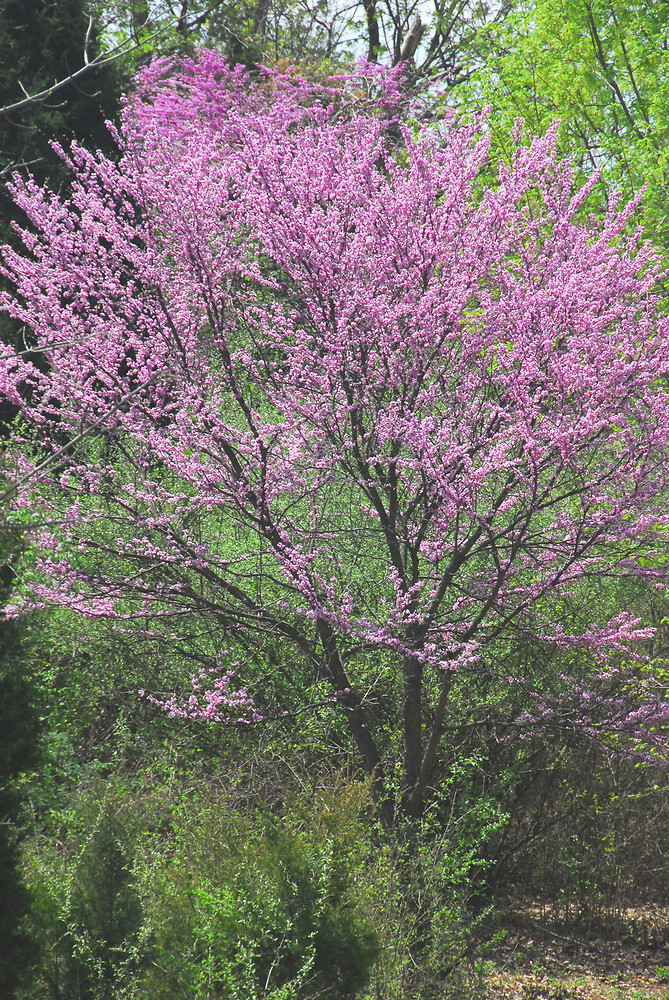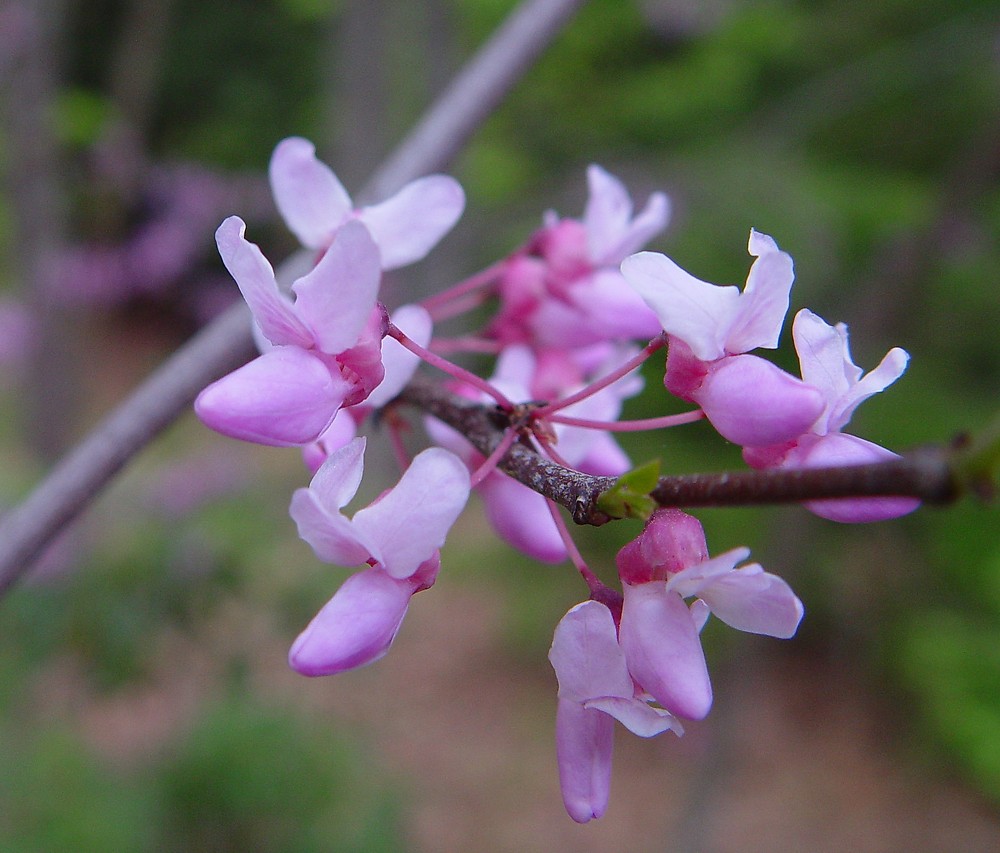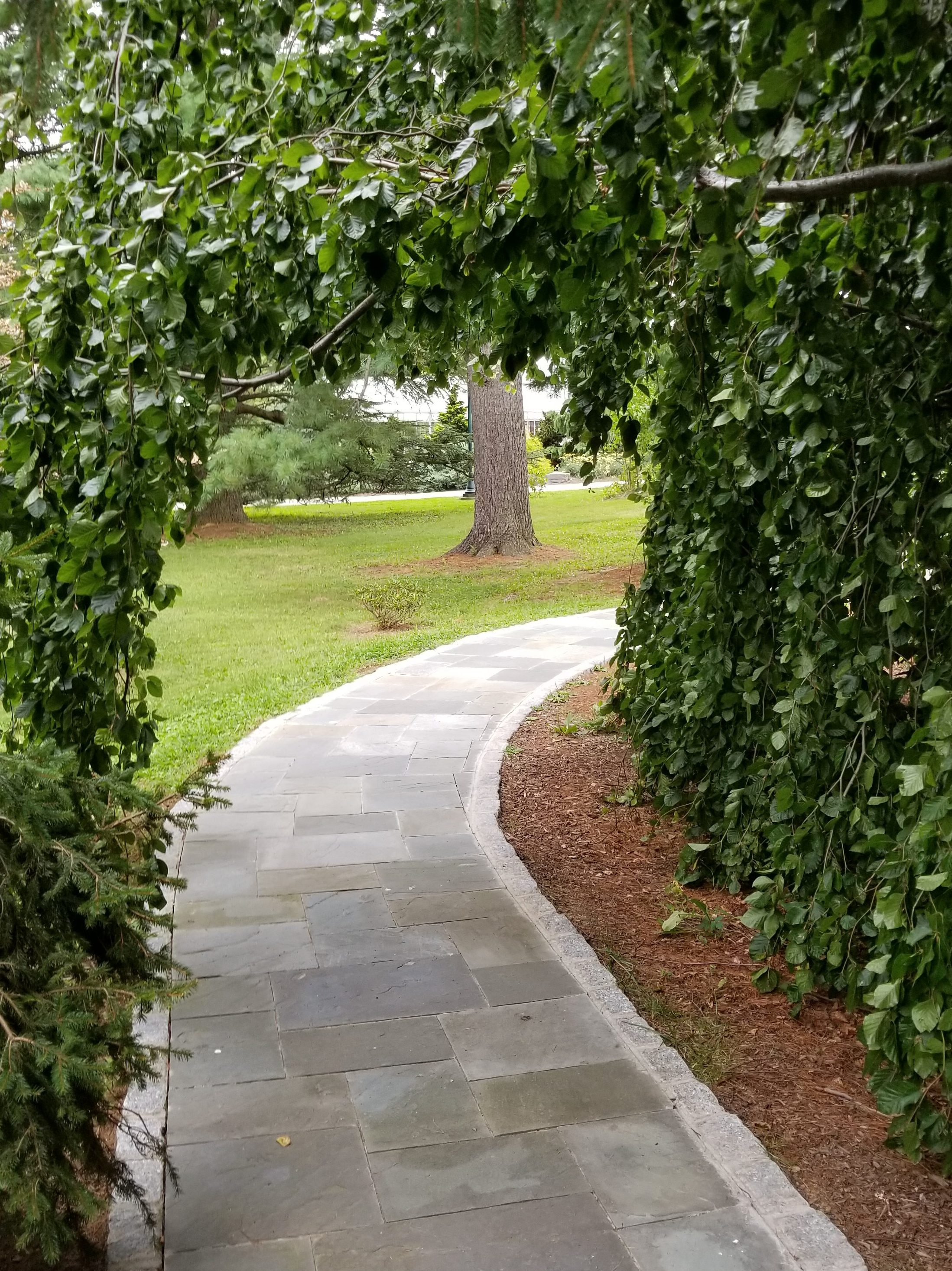Grace Harbison joins us again as Guest Blogger to give us some more insight to the plants
Curious Cauliflory
Grace Harbison

Many flowering plants produce blooms on new growth of leafy branches or on previous growth of still actively growing branches. These flowering adaptions allow plants to successfully attract many different types of pollinators. However, some plants have developed a new way of attracting pollinators (like insects and birds) and mammals (like bats) for their sugary nectar and tasty fruit. Some woody plants have evolved to form floral buds on mature primary limbs and main trunks, known as cauliflory. The spelling of cauliflory is very similar to the vegetable, cauliflower, however the words have very different meanings as the cauliflower has flowers that arise from a central stem. Cauliflory originates from the Latin word, caulis, meaning “stem” and flor, translating to “flower.” One plant species in the Ambler Arboretum that is known as having cauliflorous blooming is the Eastern Redbud, Cercis canadensis.

Eastern Redbud is a small understory tree that is one of the first trees to bloom in the spring, beginning around May. The Redbud genus is found along eastern and western North America, southern Europe and eastern Asia. These trees grow in small or scattered populations in open woodlands and valleys of moist loamy or sandy soil. The pink to purple flowers appear, on the axils of one-year old branches, before the leaves and contain the typical structure of pea flowers, 3 upright petals and 2 lower fused petals protecting the reproductive parts. This species is a member of the Fabaceae family, pea family, however it is not known to contribute to nitrogen fixation, a common trait of many Fabaceae plants. After flowering, the tree reveals small burgundy heart shaped leaves that later turn to green as they grow. The fruit consists of 3 inch long, skinny, pea-shaped pods that start out green and change to brown when they fully mature. Besides flowering on young branches, the tree is also known to have blooms on the bark of trunks and main branches. Most of the plants displaying this unique adaption are tropical but the Eastern Redbud happens to be one of the temperate species with the trait.

It is unclear the advantages the Eastern Redbud gains from the lower-lying blooms on its bark. In general, many tropical trees that display this characteristic have seeds dispersed by small animals such as bats, mice, and birds. It is thought that by growing flowers on trunks and main branches, trees can produce fruit that is larger and more easily accessible to its fructivores. The Eastern Redbud is not tropical but it is believed that by its cauliflorous quality, it is expressing its tropical origins. Another thought is that this species allows for easier cross-pollination by low forest dwelling pollinators. For instance, the Eastern Redbud is pollinated by bumble bees and carpenter bees that spent most of their lives near the ground. This tree reaches heights of 20-30 feet and therefore it is most adept at attracting pollinators that naturally travel at low heights. Whatever the reason cauliflory is intended for, it certainly provides for an attractive, colorful garden presentation.
Links
https://wimastergardener.org/article/cauliflory-flowers-that-bloom-on-tree-trunks/
https://www.friendsofthewildflowergarden.org/pages/plants/redbud.html

